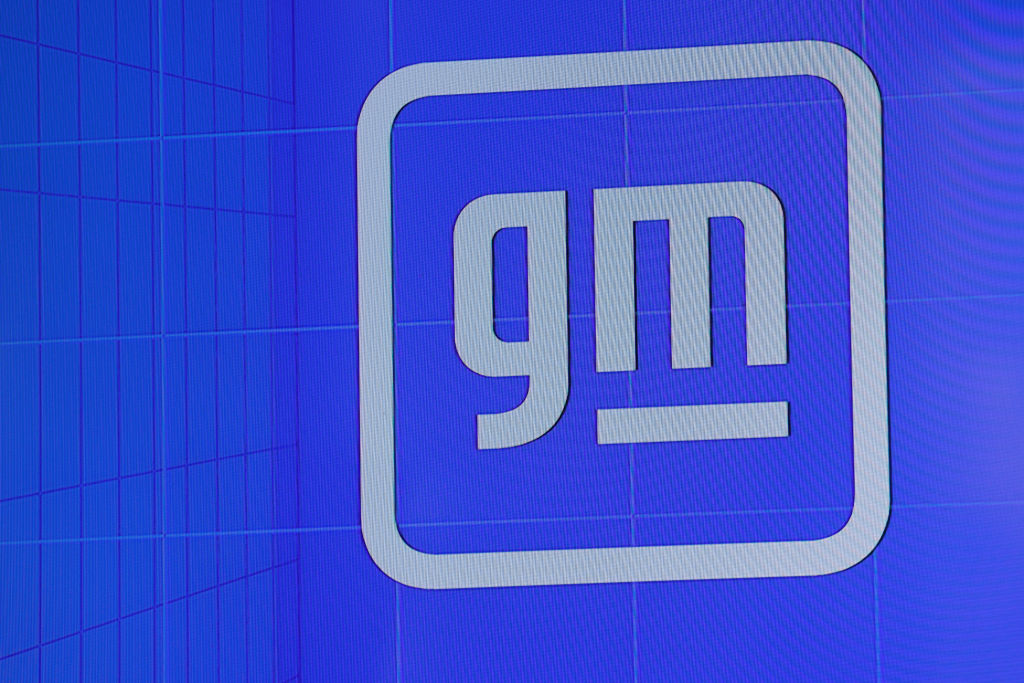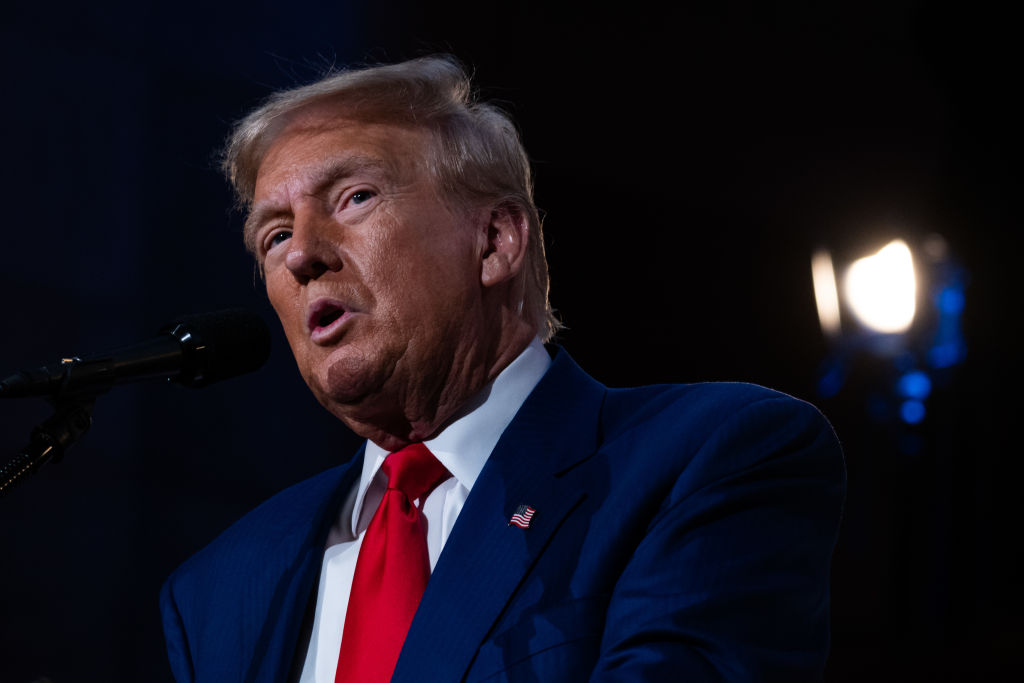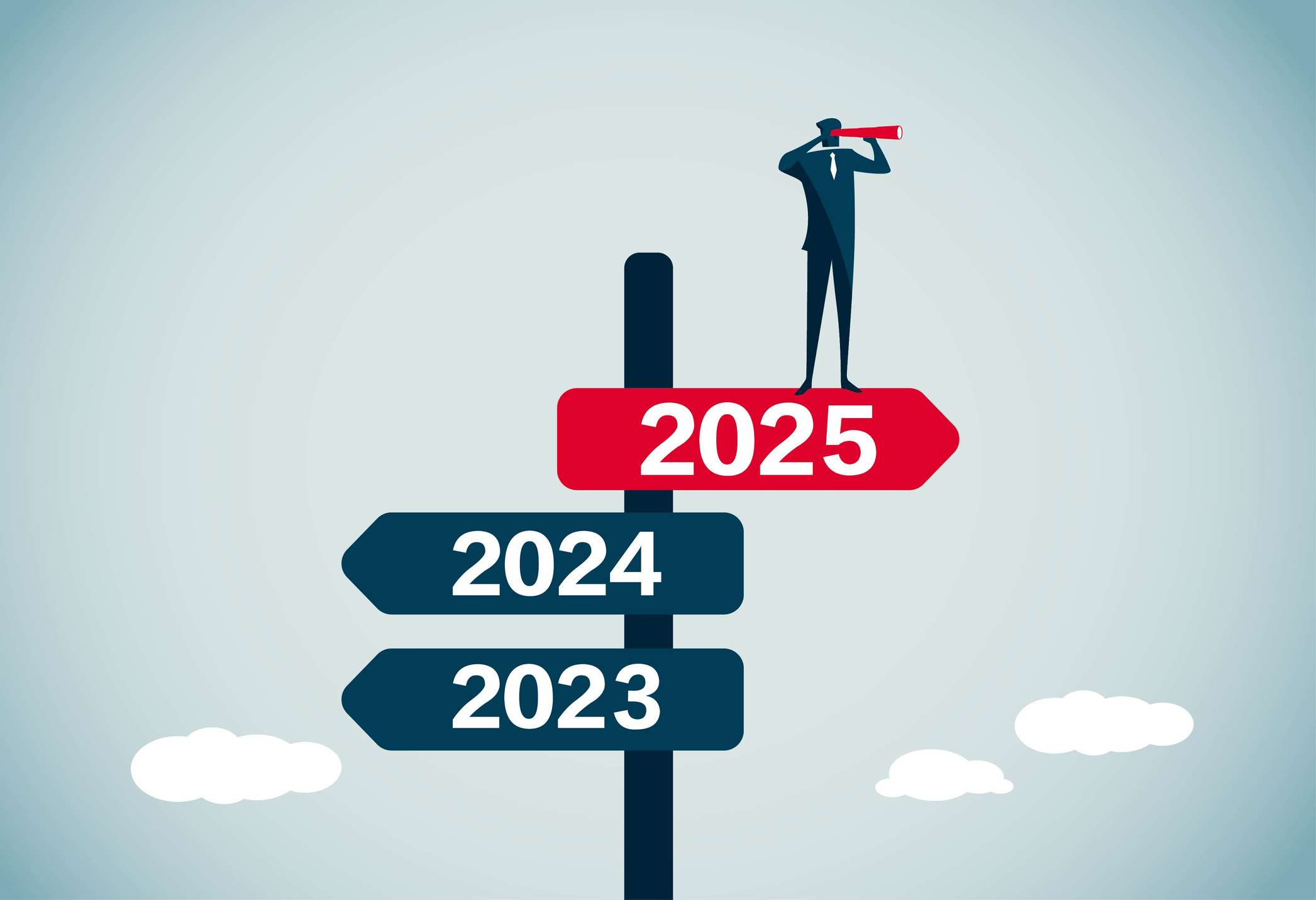UPS and UAW Labor Disputes Rage Over Wage Fights: Kiplinger Economic Forecasts
As labor disputes continue, UPS has narrowly averted a Teamsters strike and United Auto Workers are at a standstill in negotiations.

As negotiations between major unions and employers stall, a potential strike could have far-reaching consequences. To help you understand what is going on and what we expect to happen in the future, our highly-experienced Kiplinger Letter team will keep you abreast of the latest developments and forecasts (Get a free issue of The Kiplinger Letter or subscribe). You'll get all the latest news first by subscribing, but we will publish many (but not all) of the forecasts a few days afterward online. Here’s the latest...
Keep an eye on these labor disputes with big potential ramifications.
First, union United Auto Workers (UAW) is taking a more aggressive approach to contract negotiations with the Big Three automakers under President Shawn Fain than in previous years. Talks began earlier this month with the goal of reaching a deal before the current one with Ford, GM and Chrysler parent Stellantis expires in September.

Sign up for Kiplinger’s Free E-Newsletters
Profit and prosper with the best of expert advice on investing, taxes, retirement, personal finance and more - straight to your e-mail.
Profit and prosper with the best of expert advice - straight to your e-mail.
Among the union’s demands: increasing wages, ending tiered structures for wages and benefits and reinstating annual cost-of-living adjustments for workers. More important is how the union aims to achieve them.
Under Fain, UAW, which represents 150,000 hourly workers at the Big Three automakers, has refused to name a single automaker on which to initially focus negotiations. Instead, the union has hinted at taking on Ford, GM and Stellantis simultaneously. UAW also says it’s not afraid of a prolonged fight, with $825 million in its strike fund.
During the last round of bargaining in 2019, a breakdown in talks between automakers and the union resulted in a 40-day strike against GM. The automaker claims the strike cost it $3.6 billion that year.
Meanwhile, the Teamsters and UPS averted a possible strike, for now, when they reached a tentative agreement on July 25. Union members need to vote to approve the new contract. Failure to ratify the tentative agreement, which addresses disputes about wages and benefits for part-time employees, could mean another strike threat looms.
If a strike were to occur, you could expect parcel shipping rates to jump by 10%, as capacity is strained at FedEx and other parcel delivery companies. LTL, or less than truckload, companies should also benefit. They carry smaller freight than traditional truckload companies. Also poised to profit: Intermodal rail, a shift that is already happening as shippers schedule alternatives to UPS.
Absent a strike, shipping rates will continue at their current low level.
This forecast first appeared in The Kiplinger Letter, which has been running since 1923 and is a collection of concise weekly forecasts on business and economic trends, as well as what to expect from Washington, to help you understand what’s coming up to make the most of your investments and your money. Subscribe to The Kiplinger Letter.
Related Content
- Southwest Airlines Bracing for Pilots Strike: Kiplinger Economic Forecasts
- UPS and Teamsters Reach Tentative Agreement on Contract
- Biden Administration Considering Raft of Changes to Labor Rules: Kiplinger Economic Forecasts
Get Kiplinger Today newsletter — free
Profit and prosper with the best of Kiplinger's advice on investing, taxes, retirement, personal finance and much more. Delivered daily. Enter your email in the box and click Sign Me Up.

Sean Lengell covers Congress and government policy for The Kiplinger Letter. Before joining Kiplinger in January 2017 he served as a congressional reporter for eight years with the Washington Examiner and the Washington Times. He previously covered local news for the Tampa (Fla.) Tribune. A native of northern Illinois who spent much of his youth in St. Petersburg, Fla., he holds a bachelor's degree in English from Marquette University.
-
 6 Stunning Waterfront Homes for Sale Around the US
6 Stunning Waterfront Homes for Sale Around the USFrom private peninsulas to lakes, bayous and beyond, Kiplinger's "Listed" series brings you another selection of dream homes for sale on the waterfront.
By Charlotte Gorbold Published
-
 Six Reasons to Disinherit Someone and How to Do It
Six Reasons to Disinherit Someone and How to Do ItWhether you're navigating a second marriage, dealing with an estranged relative or leaving your assets to charity, there are reasons to disinherit someone. Here's how.
By Donna LeValley Published
-
 What DOGE is Doing Now
What DOGE is Doing NowThe Kiplinger Letter As Musk's DOGE pursues its ambitious agenda, uncertainty and legal challenges are mounting — causing frustration for Trump.
By Matthew Housiaux Published
-
 A Move Away From Free Trade
A Move Away From Free TradeThe Letter President Trump says long-term gain will be worth short-term pain, but the pain could be significant this year.
By David Payne Published
-
 Trump’s Whirlwind Month of Crypto Moves
Trump’s Whirlwind Month of Crypto MovesThe Kiplinger Letter The Trump administration wants to strengthen U.S. leadership in the cryptocurrency industry by providing regulatory clarity.
By Rodrigo Sermeño Published
-
 Why General Motors Stock Is Sinking After Its Earnings Beat
Why General Motors Stock Is Sinking After Its Earnings BeatGeneral Motors stock is moving sharply lower Tuesday even after the automaker reported a fourth-quarter earnings beat. Here's what you need to know.
By Joey Solitro Published
-
 What Could Derail the Economy This Year?
What Could Derail the Economy This Year?The Letter While the outlook for the U.S. economy is mostly favorable, there are plenty of risks that bear watching.
By David Payne Published
-
 Three Ways President Trump Could Impact the Economy
Three Ways President Trump Could Impact the EconomyThe Letter Some of Trump's top priorities could boost economic growth, but others risk fueling inflation.
By David Payne Published
-
 10 Predictions for 2025 from The Kiplinger Letter
10 Predictions for 2025 from The Kiplinger LetterThe Kiplinger Letter As 2025 arrives, here are our top 10 forecasts for the new year.
By Letter Editors Published
-
 Europe Faces Economic and Political Headwinds Next Year
Europe Faces Economic and Political Headwinds Next YearThe Letter Challenges for Europe: Potential tariffs, high energy prices and more competition from China will weigh on the bloc in 2025.
By Rodrigo Sermeño Published
